Description
Cultivation
Sesame varieties have adapted to many soil types. The high-yielding crops thrive best on well-drained, fertile soils of medium texture and neutral pH. However, these have a low tolerance for soils with high salt and water-logged conditions. Commercial sesame crops require 90 to 120 frost-free days. Warm conditions above 23 °C (73 °F) favor growth and yields. While sesame crops can grow in poor soils, the best yields come from properly fertilized farms.
Initiation of flowering is sensitive to photoperiod and sesame variety. The photoperiod also affects the oil content in sesame seed; increased photoperiod increases oil content. The oil content of the seed is inversely proportional to its protein content.
Sesame is drought-tolerant, in part due to its extensive root system. However, it requires adequate moisture for germination and early growth. While the crop survives drought and the presence of excess water, the yields are significantly lower in either condition. Moisture levels before planting and flowering impact yield most.
Most commercial cultivars of sesame are intolerant of water-logging. Rainfall late in the season prolongs growth and increases loss to dehiscence, when the seedpod shatters, scattering the seed. Wind can also cause shattering at harvest.
Nutritional information
Whole sesame seeds, dried
Nutritional value per 100 grams
Energy 573 kcal (2,400 kJ)
Carbohydrates
23.4
Sugars 0.3
Dietary fiber 11.8
Fat
49.7
Saturated 7.0
Monounsaturated 18.8
Polyunsaturated 21.8
Protein
17.7
Vitamins Quantity %DV†
Vitamin A 9 IU
Thiamine (B1) 69% 0.79 mg
Riboflavin (B2) 21% 0.25 mg
Niacin (B3) 30% 4.52 mg
Vitamin B6 61% 0.79 mg
Folate (B9) 24% 97 μg
Vitamin C 0% 0 mg
Vitamin E 2% 0.25 mg
Minerals Quantity %DV†
Calcium 98% 975 mg
Iron 112% 14.6 mg
Magnesium 99% 351 mg
Phosphorus 90% 629 mg
Potassium 10% 468 mg
Sodium 1% 11 mg
Zinc 82% 7.8 mg
Other constituents Quantity
Water 4.7 g
Link to Full USDA Database Entry
Units
μg = micrograms • mg = milligrams
IU = International units
†Percentages are roughly approximated using US recommendations for adults.
Source: USDA FoodData Central
In a 100 g (3.5 oz) amount, dried whole sesame seeds provide 573 calories and are composed of 5% water, 23% carbohydrates (including 12% dietary fiber), 50% fat, and 18% protein. Whole sesame seeds are rich (20% or more of the Daily Value) in several B vitamins and dietary minerals, especially iron, magnesium, calcium, phosphorus, and zinc.
The byproduct that remains after oil extraction from sesame seeds, also called sesame oil meal, is rich in protein (35-50%) and is used as feed for poultry and livestock
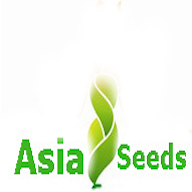
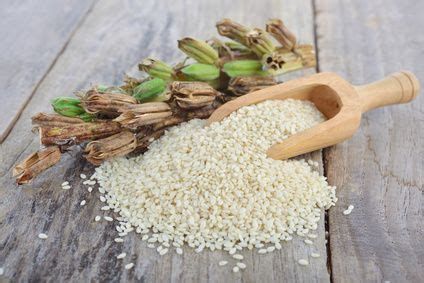
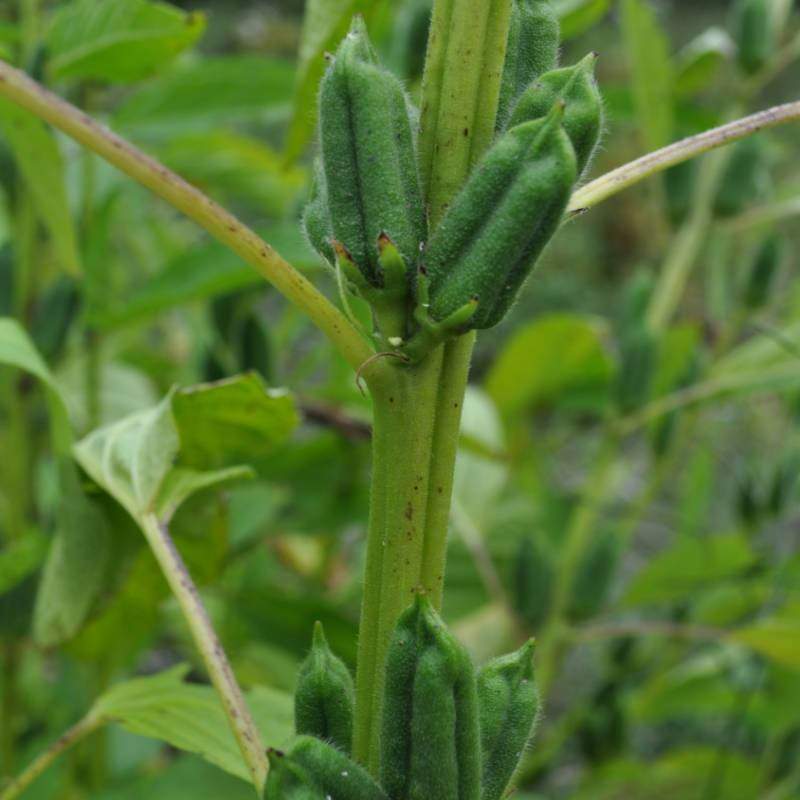
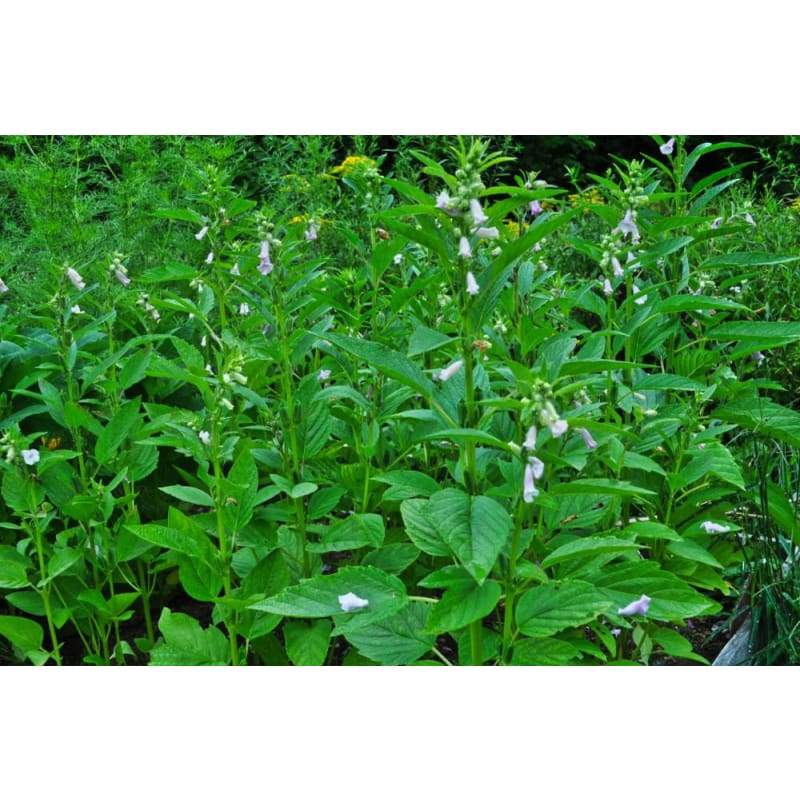

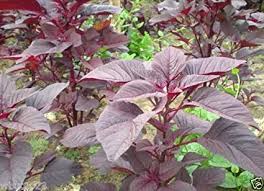
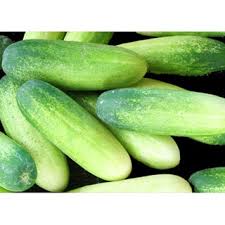
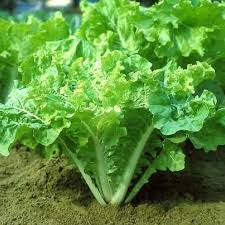
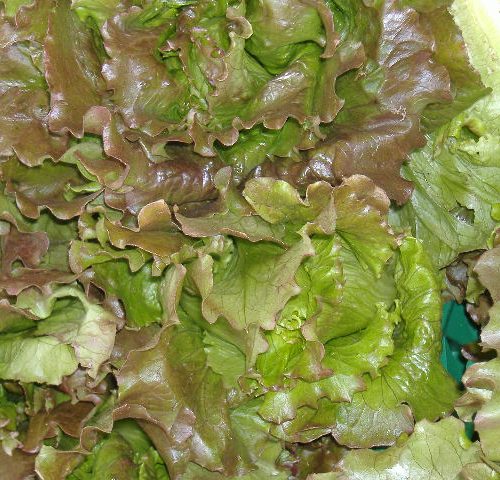
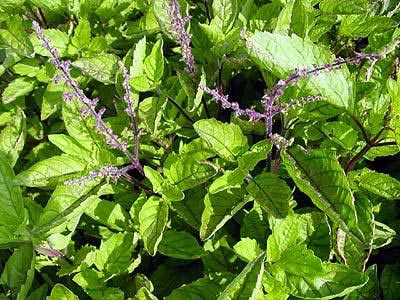
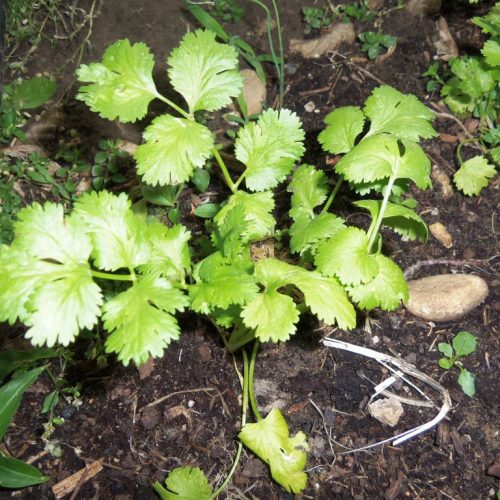
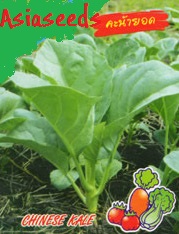
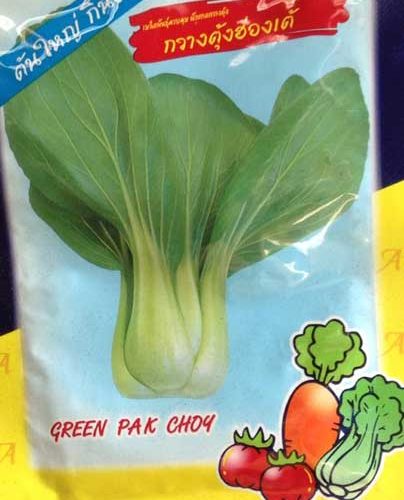
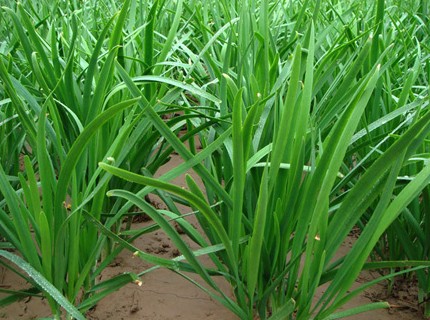
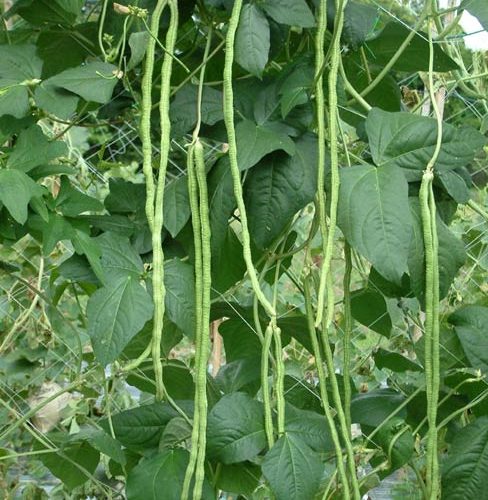
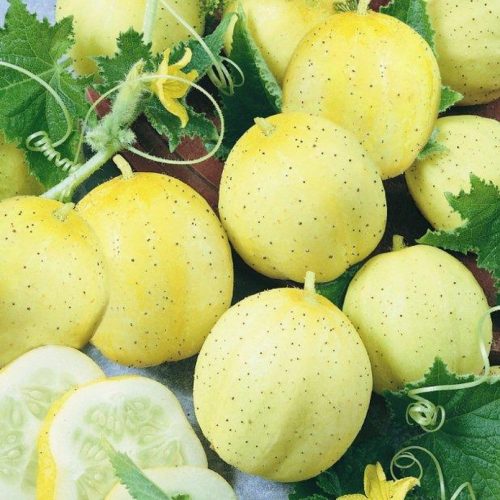
Reviews
There are no reviews yet.